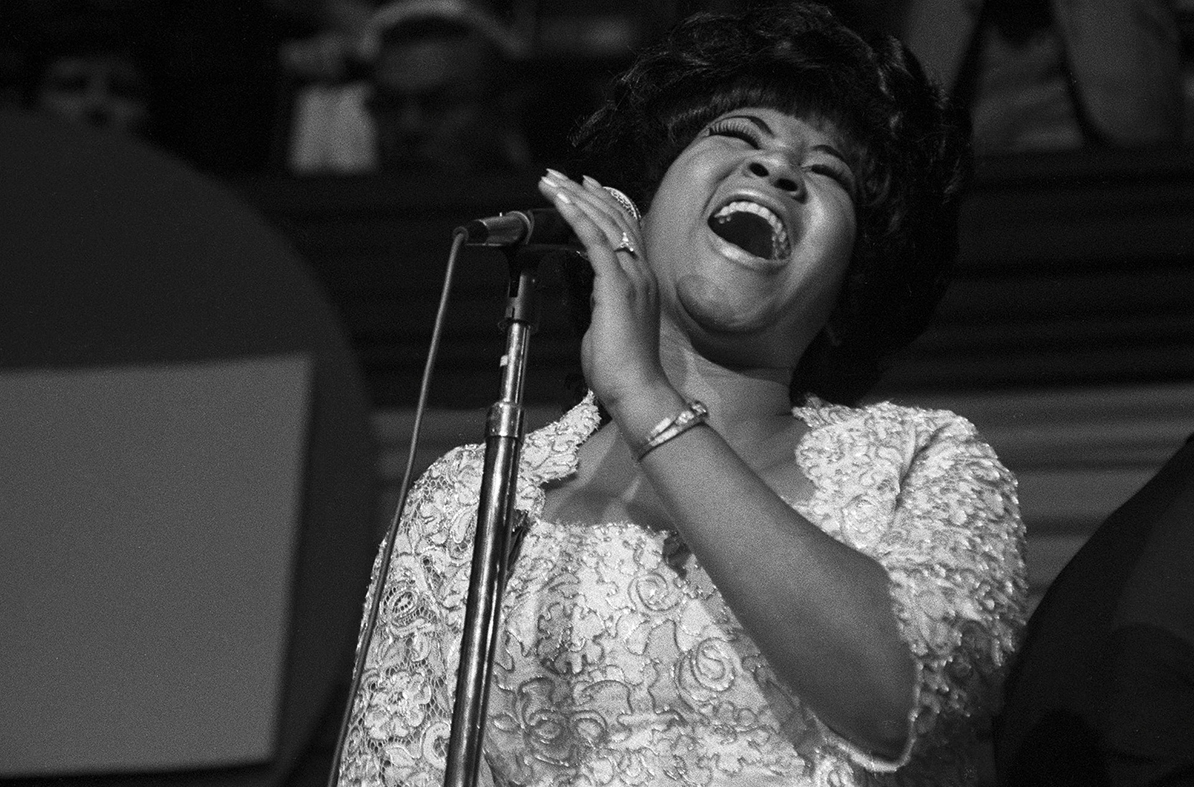When I announced the release of my book on Twitter, lots of people expressed interest and congratulations. One person commented, “I thought this was a parody … apparently not.” I’m honestly surprised there wasn’t more of that.
The following is a guest post* by P.D. Magnus, Professor of Philosophy at the University of Albany, State University of New York. It is the third in a series of weekly guest posts by different authors at Daily Nous this summer.

Light Topics, Real Philosophy:
Some Lessons from Writing about the Philosophy of Cover Songs
by P.D. Magnus
When people learn that I write about cover songs, there are two questions they tend to ask: How do you define “cover”? What are some of your favorite covers?
Lesson #1: Philosophical insight about a topic, even a light one, takes time.
A Philosophy of Cover Songs is out now from Open Book Publishers. The book is open access, so you can read it on-line or download a PDF for free.
Regarding definitions: It can be a fun parlor game to consider a boundary case and ask whether it is or is not a cover. Any would-be definition faces legions of counterexamples. One then sets off on rounds of what Imre Lakatos called monster-barring, revising and refining the definition to resolve wave after wave of counterexample. This strategy can always generate philosophical discourse, but it only yields real insight when there is a core category robust enough to survive the process. Lakatos defends monster-barring in mathematics, where the goal is to arrive at a theorem that is actually true. In other cases, precise definitions matter for scientific or legal reasons.
With covers, however, nothing much ultimately depends on whether a particular version is or is not a cover. To take one example that I discuss in the book: Patsy Cline sang the first released recording of “Crazy” after having heard Willie Nelson’s demo record. Her version is usually not considered a cover, although a case could be made for it. Nelson, who wrote the song, later included it on an album of his own. Is Nelson’s version a cover? People I’ve asked are split on the question. Although I can explain the ambivalence, I think it would be a mistake to insist that the category of covers is precise enough—or should be made precise enough—to settle the question.
Lesson #2: Not only does philosophical insight take time, it is best developed cooperatively.
Lesson #3: Employ rigor and make distinctions where they are valuable, and not just because you can.
These are catchy, wonderful tracks. I went back and listened to them again when writing this post, and I was happy to hear them again.
Discussion welcome—and feel free to share your favorite covers in the comments.
I also didn’t do it alone. Although it’s a single-author book, many of the ideas were developed as part of a collaboration. The 2013 paper was written with Christy Mag Uidhir and Cristyn Magnus. When responding to that paper, Andrew Kania refers to us as “the Mags.” (He says, “to save some space!”) A more recent paper was with them plus Ron McClamrock. Although it is changing for the better, there is still sometimes an unreasonable stigma against co-authored work in philosophy.

Although my own way into this topic is idiosyncratic, I think it offers a couple of lessons for other philosophers thinking about light topics. I didn’t start out to write a book about cover songs. I had written a bit about the ontology of musical works. (“Historical individuals like Anas platyrhynchos and ‘Classical Gas’” was published in 2012.) A bit later, I coauthored a paper on cover songs. (“Judging Covers” appeared in the Journal of Aesthetics and Art Criticism in Fall 2013.) I thought more about covers, and in the course of another collaborative paper realized that it I could write something longer. I did not have a bookful of things to say about covers when I first thought about them.
The Polyphonic Spree performed “Heart of Gold” (originally by Neil Young) for the Onion’s AV Club Undercover. The orchestration replaces Young’s harmonica with a brass section. It’s impressive enough that there’s now a spectral absence of horns in every other version I hear.
[embedded content]
[embedded content]
Covers are a known phenomenon in popular music, so we do not need a definition in order to think more about them. There are valuable distinctions to be made between different kinds of covers, but we don’t need a definition of “cover” in order to make those distinctions. A key distinction is between mimic covers (ones meant to sound just like the original) and rendition covers (ones meant to sound different). A mimic cover is in a way essentially unoriginal. It will not sound exactly like the original, of course, but every divergence is a defect. A rendition cover may be original or unoriginal, depending on the details. It may preserve central features of the original or change them. Where it changes them, the difference can be in the sound, the meaning, or both. When someone says that they hate cover versions, they probably mean mimic covers. And when someone says they love cover versions, they probably mean rendition covers.
R.E.M. recorded “First we take Manhattan” for a Leonard Cohen tribute album. Although it’s a nice bit of songwriting, Cohen’s own version is forgettable. The cover combines Cohen’s lyrics with R.E.M.’s signature sound in a way that is haunting and brilliant.
They Might Be Giants performed “Tubthumping” (originally by Chumba Wumba) for the AV Club. The cover brings in the whole Onion office staff to sing the chorus. The result is pure chaotic joy.
[embedded content]
One nice thing about cover versions, as a target for philosophical reflection, is that the concept is only about 75 years old. We consume music mostly through recordings. More than that, we associate songs with particular performers and recordings. Later versions count as covers, and we think of them differently than we think of originals. Aristotle or Kant simply could not have thought about music this way. The ontology of music was different for them, because recording was literally not a thing yet.
“Aristotle or Kant simply could not have thought about music this way.”
The book, A Philosophy of Cover Songs, applies the resources of philosophy to thinking about cover songs. It is, as Justin delicately put it in his invitation to write a guest post, “what some might consider a ‘light’ topic.”
Regarding favorite covers: I’ve listened to a lot of covers in thinking about these issues and in writing this book. Appreciating rendition covers is complicated, because they can be good in different ways. In terms of overall impact and importance, I’d have to say Aretha Franklin’s “Respect.” Rather than just echo internet lists of The Best Covers Ever, though, I will mention three that stick in my head.
Lesson #4: A bonus of writing on the topic is that listening to music counts as research time.
![Juliet did not say “O Romeo, Romeo, wherefore [is he] Romeo?” So why do so many people deface quotes with brackets?](https://filethirteen.com/wp-content/uploads/2021/02/juliet-did-not-say-o-romeo-romeo-wherefore-is-he-romeo-so-why-do-so-many-people-deface-quotes-with-brackets-768x512.jpg)




